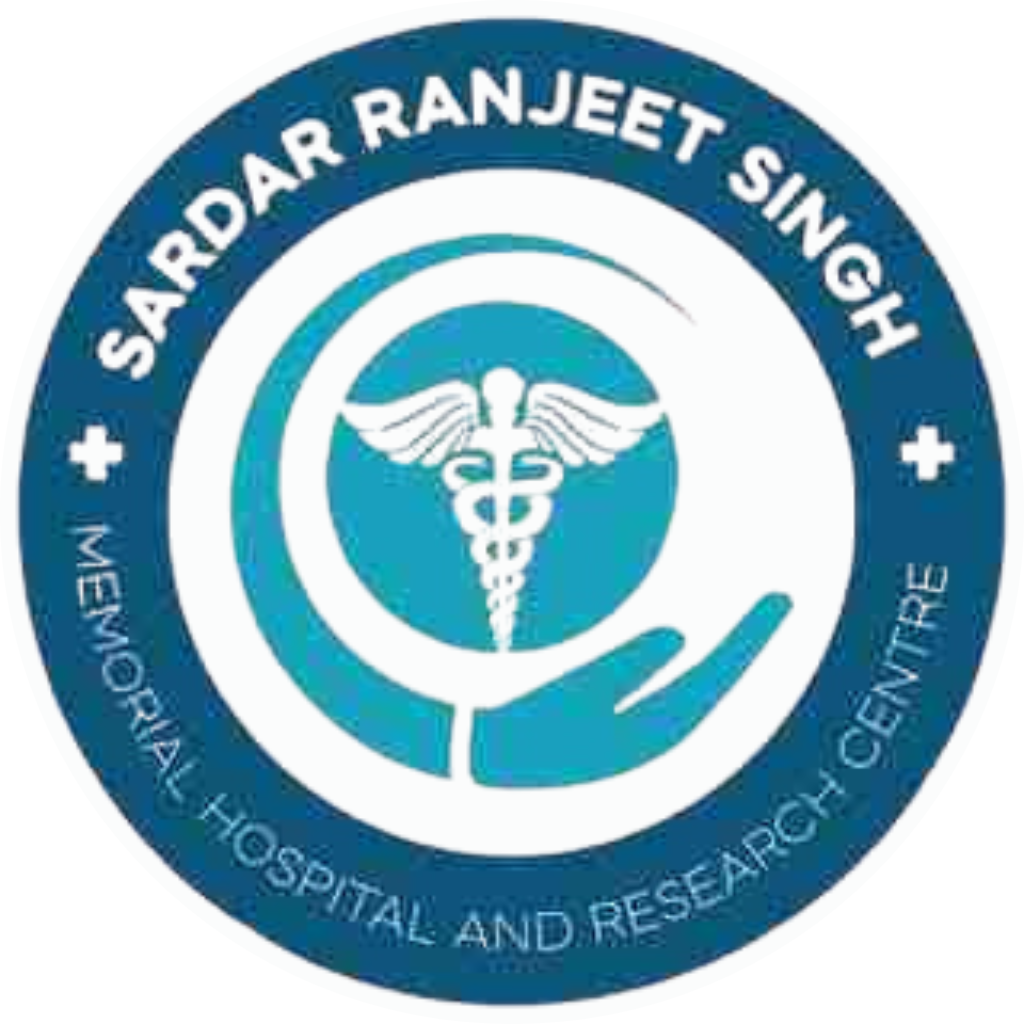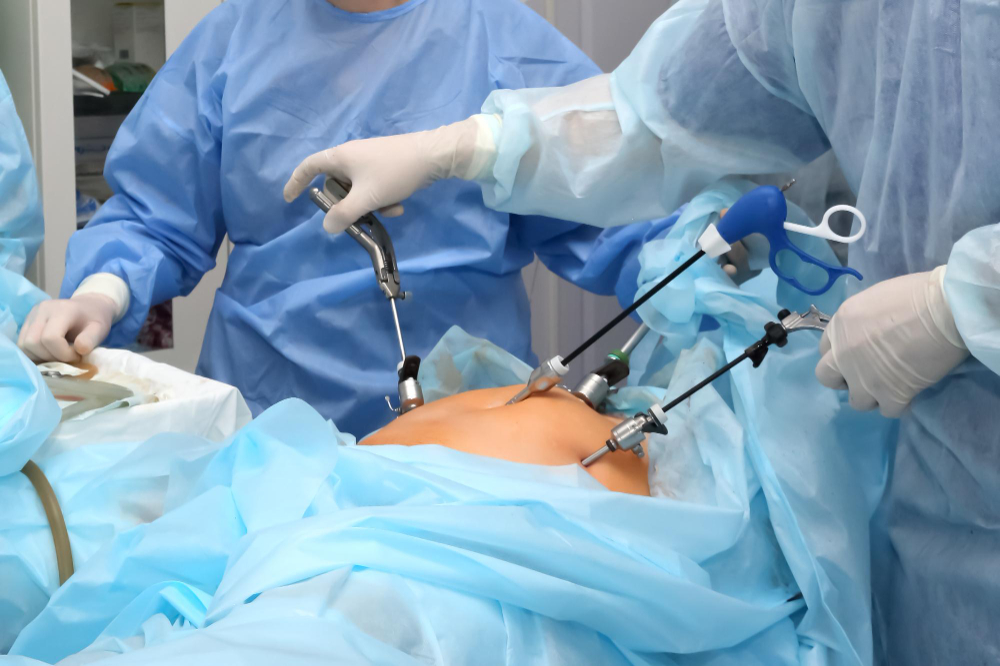Laparoscopic appendectomy is a common surgery to remove the appendix using small cuts and a camera. Many people choose this minimally invasive method because it usually means less pain and a quicker recovery. However, like any surgery, there are some risks after lap appendectomy. In this blog, we will explain laparoscopic appendectomy complications, possible post-surgery issues, and what side effects you should watch for. Understanding these risks can help you recover safely and know when to seek help.
What Is a Laparoscopic Appendectomy?
First, let’s explain the procedure. A laparoscopic appendectomy is a surgery where doctors remove the appendix using a few small cuts in the belly. They use a thin tube with a camera, called a laparoscope, to see inside. Because the cuts are small, this surgery is called minimally invasive. Most people recover faster compared to open surgery. Still, it is important to know about possible complications and how to spot them early.
Common Complications After Lap Appendectomy
Although most people recover well, some may face complications. Knowing these risks after lap appendectomy can help you stay alert. Common complications include:Infection at the incision siteBleeding inside the bellyInjury to nearby organs, such as the bowel or bladderAbscess (a pocket of pus) in the bellyBlood clots in the legs (deep vein thrombosis)Hernia at the incision siteProblems from anesthesia, like nausea or breathing issues
However, these problems are not common. Most people heal without serious issues. But it is wise to know what to expect.
Symptoms to Watch For
After surgery, you should watch for signs of complications. Early treatment can prevent bigger problems. Look out for these symptoms:Fever over 101°F (38.3°C)Redness, swelling, or pus at the incisionSevere belly pain that gets worseVomiting or not being able to keep food downShortness of breath or chest painLeg swelling or painYellow skin or eyes (jaundice)
If you notice any of these, contact your doctor right away. Quick action can make a big difference.
Diagnosis and Management of Complications
Doctors use several methods to find and treat complications. For example, they may check your blood, do an ultrasound, or use a CT scan to look for infection or bleeding. If you have an abscess, your doctor may drain it. Infections often need antibiotics. Sometimes, another surgery is needed to fix a problem. But most issues can be managed with medicine and close care. Early diagnosis helps you recover faster and lowers the risk of serious problems.
Prevention Tips and Recovery Guidance
There are steps you can take to lower your risk of complications after a minimally invasive appendectomy. Here are some helpful tips:Keep your incision clean and dryFollow your doctor’s instructions for wound careTake all medicines as prescribedWalk around as soon as your doctor says it is safeEat light meals at first, then slowly return to your normal dietWatch for any signs of infection or unusual painAttend all follow-up visits
By following these steps, you can help your body heal and avoid most post-surgery issues. Always ask your doctor if you have questions about your recovery.
When to Seek Medical Help
Sometimes, problems can happen even if you are careful. If you notice any warning signs, do not wait. Seek medical help if you have:High fever or chillsSevere or growing belly painRed, swollen, or leaking woundsDifficulty breathing or chest painLeg swelling or pain
Quick treatment can prevent serious health problems. The Centers for Disease Control and Prevention (CDC) and World Health Organization (WHO) recommend contacting your doctor if you have any concerns after surgery.
If you experience any unusual symptoms after a laparoscopic appendectomy, consult a healthcare specialist for personalized advice.

